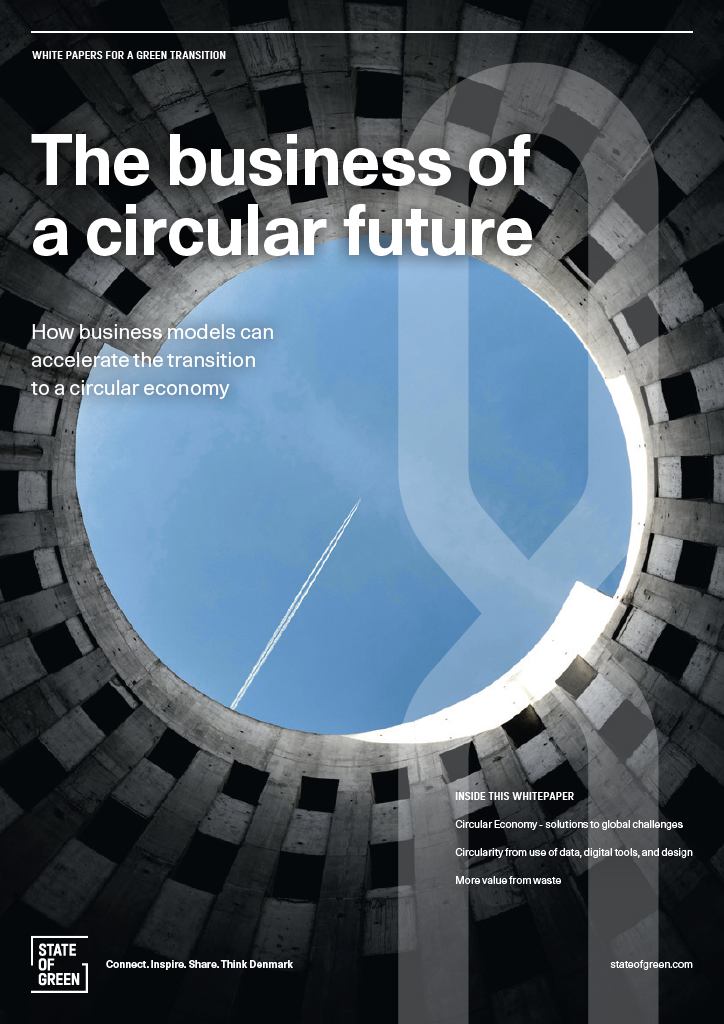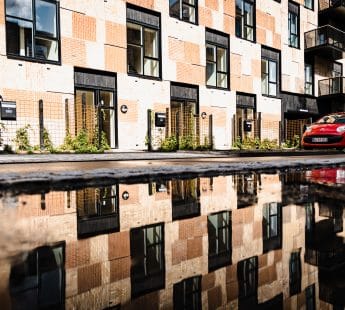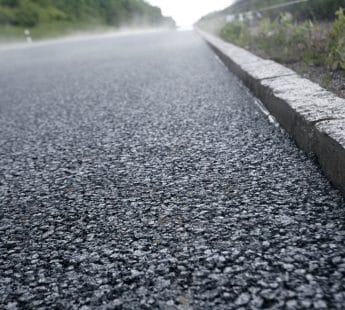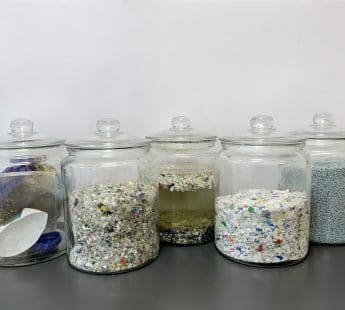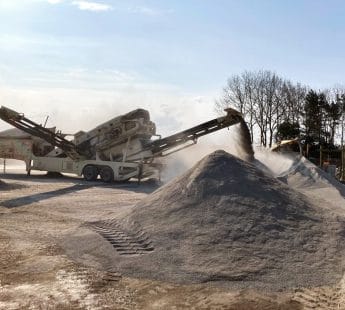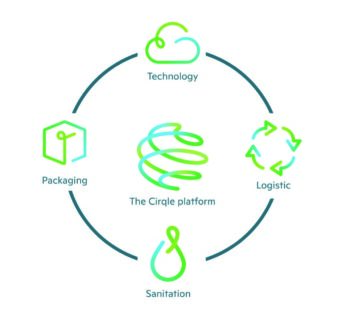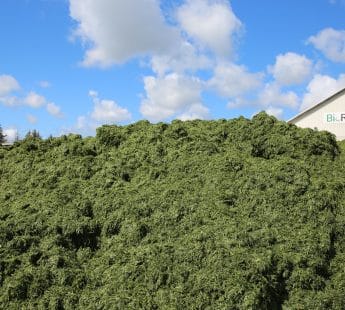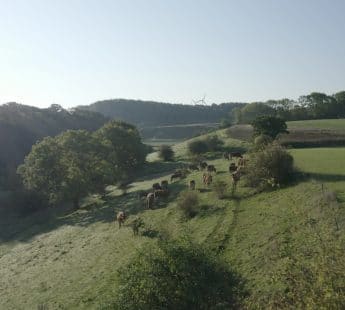Globally, more natural resources are consumed than what is sustainable for our finite planet. According to the United Nations, the extraction and processing of natural resources are responsible for around half of all global CO2 emissions and over 90 % of global biodiversity loss. It is evident that we have a shared challenge in decoupling growth in resource use from population and income growth. To do so, we need a transition to a circular economy.
Rethinking the take-make-dispose model
As global wealth increases, so does consumption and the drain on natural resources. Traditional consumption follows the linear take-make-dispose model that has characterised industrialised societies for decades. This model has put increasing pressure on our planet’s resources, which is why we need the global transition towards a more circular economy to accelerate through circular business models.
The global transition towards a more circular economy needs innovative business models that can promote more sustainable production and consumption. Rethinking traditional ownership of goods and utilising the potential of the sharing economy through digital platforms creates business opportunities for companies of all sizes.
Denmark has ambitions to be at the forefront of the transition towards a circular economy, and public-private partnerships are arising to drive the transition.
An introduction to circular business models
Across the globe, new business models that challenge the traditional consumption patterns are arising. The sharing economy has become part of the everyday life of millions of people, and many businesses are introducing takeback systems that extend the lifetime of goods and resources by repairing them or reusing components. This development should be accelerated as the potential for economic and environmental benefits is significant.
The digitalisation of society today holds great potential for circular business models and the sharing economy as the interconnectivity allows for instant exchange of goods and services, which could lead us to rethink traditional ownership models. Car sharing in major cities could help limit traffic congestion, while allowing people access to cars when needed. The same goes for bicycles that are rented by the minute, offering a practical alternative to cars over shorter distances while contributing to reduced pollution.
We are already seeing countless examples of new business models and product life cycles that could help change today’s linear consumption model that is predominant across the globe. However, we need businesses, citizens, and policymakers to come together to ensure that this transition is enabled and exploited in the right ways.
